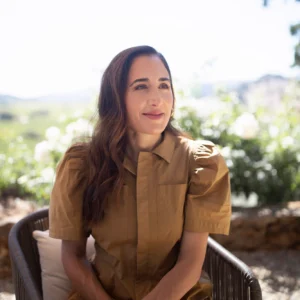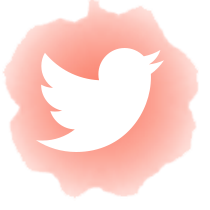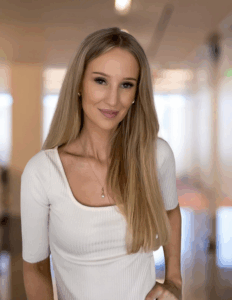April Gargiulo
Wellness Tip:
Swap “Overindulgence Regret” for Permission
Holiday treats can come with a strange side effect: we enjoy them in the moment, then immediately feel guilty. That guilt can do more harm than the food itself.
Research shows that when we eat with stress or shame, the body actually digests less efficiently and we’re more likely to binge again later. In other words, guilt doesn’t make us “behave,” it just keeps us stuck in a cycle of overeating and regretting it!
Permission is a healthier approach. Studies on intuitive eating show that when people give themselves full permission to eat what they want, they tend to stop when they’re satisfied (instead of eating out of stress or that “I’ve already ruined the day” thinking).
And if you want a balance in the moment, add a bit of mindfulness. Slow down, taste the flavors, heighten your awareness. You can find out more about mindful eating here. And if food feels stressful or overwhelming, it may help to speak with a qualified health professional for support.
Routine Breakdown
April Gargiulo, Founder of Vintner’s Daughter
A Skincare Founder’s Achievable Morning Routine

Founder of luxury skincare line Vintner’s Daughter, April Gargiulo, says she’s not a morning person. “But luckily my sweet husband gently wakes me up.” After getting up at 7am, she:
The Routine:
- Splashes her face with water.
- Meditates for 5–10 minutes to set the tone for the day. “I’ve been meditating for over 20 years. Even just five or 10 minutes of meditating centers me and grounds me for the day.”
- Drinks oolong tea and eats a simple breakfast. “I never skip breakfast; usually I have toasted bread with Miyoko’s butter.”
- Gets the kids ready and out the door.
- Moves her body. She usually does a swim/cold plunge in the San Francisco Bay or a X Core Pilates class.
- Showers and does her skincare routine, then applies SPF and minimal makeup.
- Gets dressed and starts her workday. “I have the most incredible team ever. We all approach each day with what we call ‘joyful rigor.’ Everyone here is just as passionate as I am—and that energy shows up in everything we do.”
Why it works:
- Meditation for the mind, food and movement for the body, hands-on time with kids for connection, and space for self-care: April’s routine is achievable yet balanced.
“I read this amazing quote that says ‘momentum builds motivation.’ The momentum for me is to just do it, even when you absolutely don’t want to,” says April of her meditation habit. It’s a great reminder that it’s not about doing everything at once; it’s about building small habits through consistency.
















